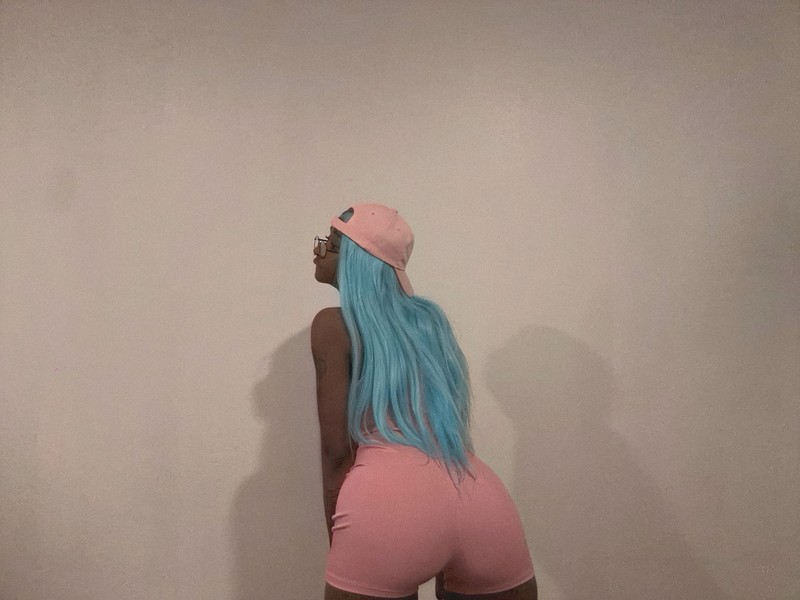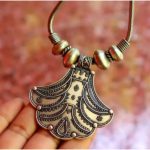Velvet Lehenga Whispers: Ancient Artistry in Modern Silhouette

Velvet, a fabric synonymous with luxury, has transcended through time and cultures as a symbol of opulence and elegance. In the realm of traditional Indian fashion, the incorporation of velvet into lehengas has redefined the art of dressing, offering a harmonious blend of heritage and contemporary style. This resplendent fusion has given rise to the velvet lehenga, a garment that exudes grandeur and captivates the senses.
Velvet, with its soft and plush texture, possesses a remarkable ability to play with light, casting a mesmerizing sheen that catches the eye from every angle. The interplay of light and shadow on its surface creates a depth that elevates the aesthetic appeal of any outfit. When draped in the form of a lehenga, this effect is only magnified, making the wearer the centre of attention on any occasion. The versatility of velvet lehengas is another factor that contributes to their enduring popularity. From traditional weddings to high-profile parties, velvet lehenga effortlessly adapt to various settings. The lush fabric carries a regal aura that complements the festive and celebratory nature of Indian events. Additionally, designers have embraced velvet’s adaptability, experimenting with colours, embellishments, and contemporary silhouettes to cater to diverse tastes while retaining the essence of tradition.
Embellishments play a pivotal role in enhancing the splendor of velvet lehenga. Intricate embroidery, shimmering sequins, and delicate zari work intertwine with the fabric’s rich texture, creating a visual masterpiece that stands as a testament to craftsmanship. The juxtaposition of the sumptuous velvet and the intricate handwork encapsulates the essence of old-world charm meeting modern flair.
Dressed in Dreams, Walking Love’s Seams
Weddings, a sacred union of love and commitment, are not only a celebration of two souls coming together but also an occasion to showcase culture, style, and tradition. Choosing the right dress for wedding is a thoughtful process that encapsulates the significance of the event and the desire to present oneself in the best possible light.
The attire worn to a wedding reflects not only personal taste but also an acknowledgment of the ceremony’s formality and cultural context. In many cultures, such as the Indian subcontinent, the dress for wedding holds profound cultural symbolism. Brides often opt for vibrant and intricately designed sarees or lehengas adorned with intricate embroidery and embellishments, embodying the grandeur of the occasion. Grooms, on the other hand, might choose traditional ensembles like the sherwani, which blends regal elegance with cultural heritage. In Western cultures, the dress for wedding is steeped in tradition as well. The classic white wedding gown, popularized by Queen Victoria in the 19th century, represents purity and new beginnings. However, contemporary brides are increasingly embracing a variety of styles and colours that resonate with their personalities and preferences, while still maintaining the essence of the occasion.
Just as a wedding is a harmonious union of two souls, the dress for wedding is a harmonious blend of style and respect, creating a symphony of elegance that enhances the beauty of the celebration.
It is important to strike a balance between style and respect for the event’s tone. For guests attending a wedding, choosing an appropriate outfit is a sign of respect towards the couple and their families. Formal events usually call for semi-formal or formal attire, such as suits for men and elegant dresses for women.










